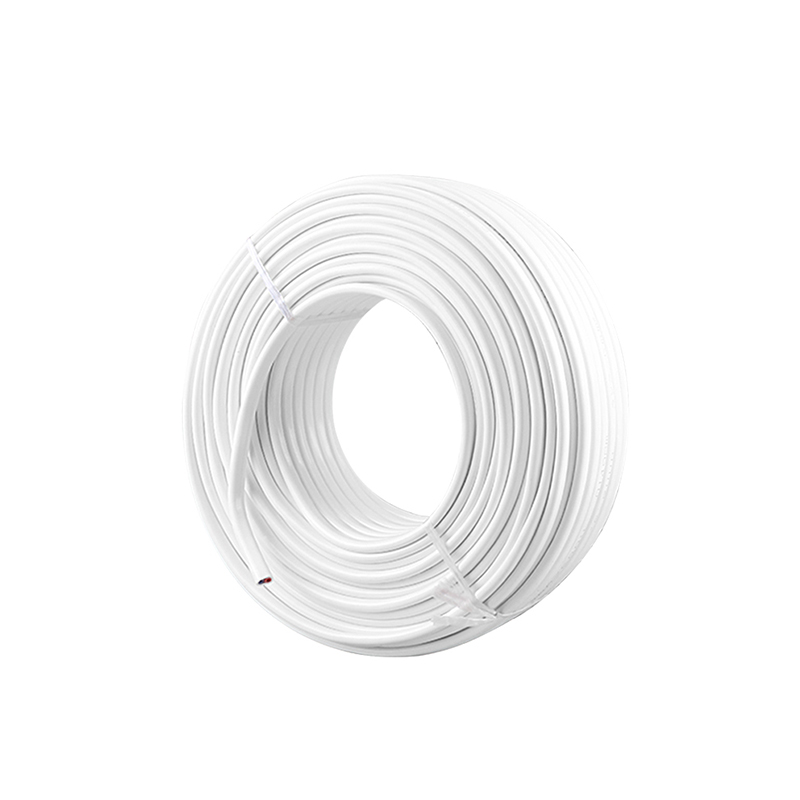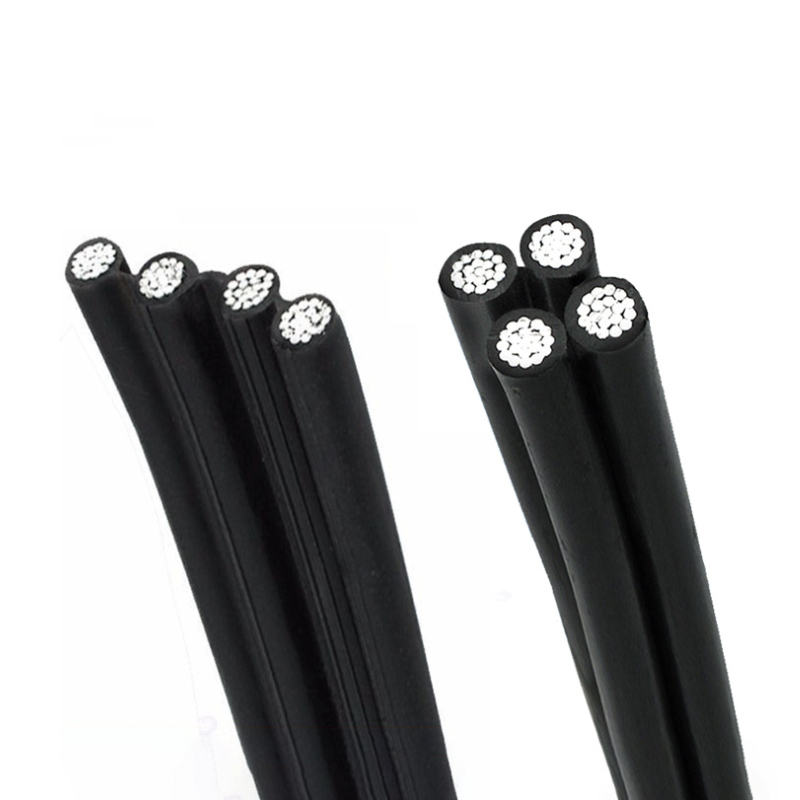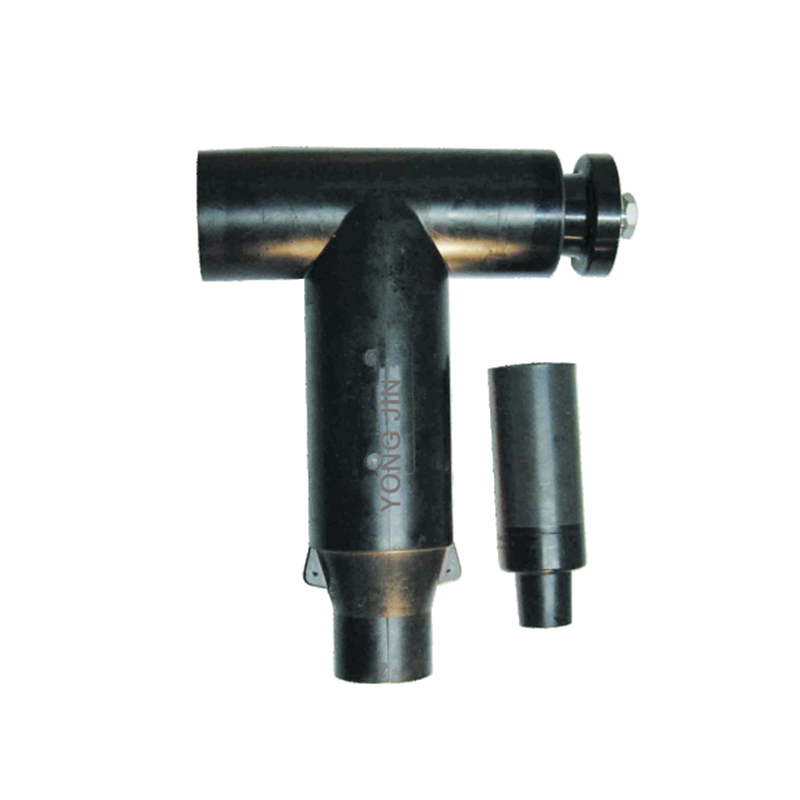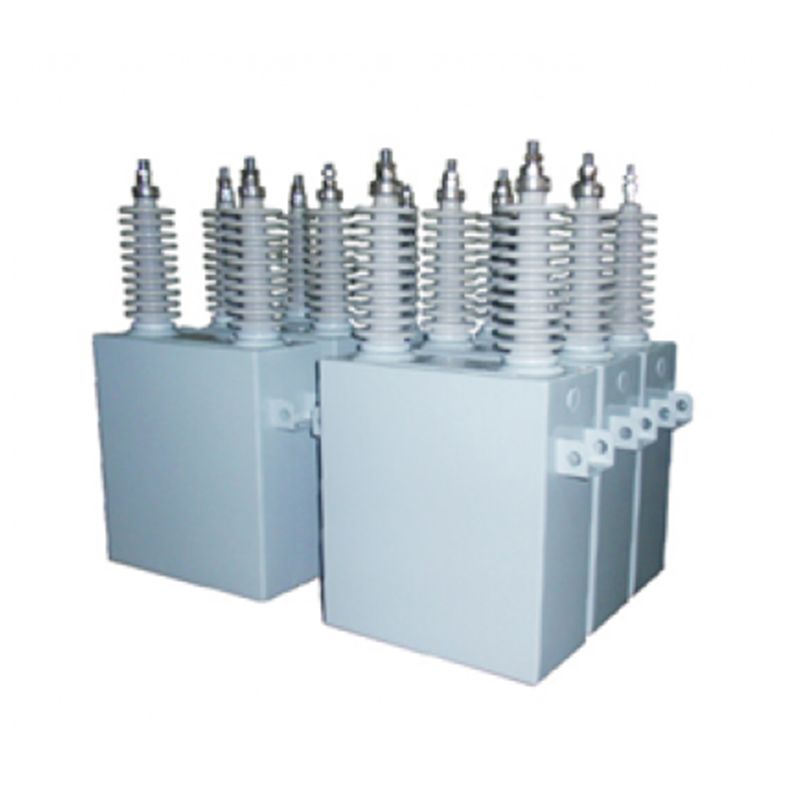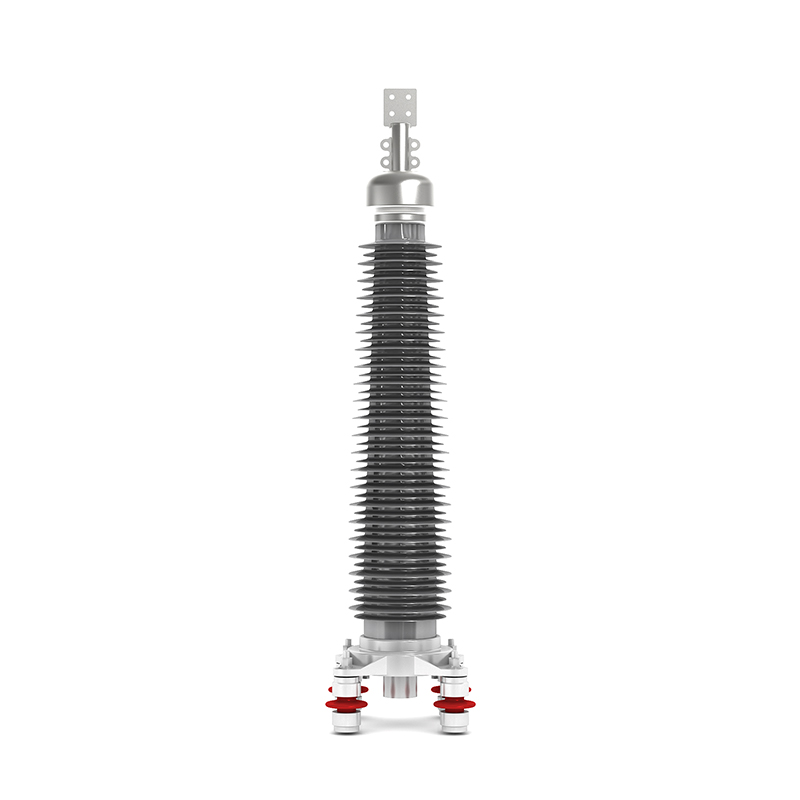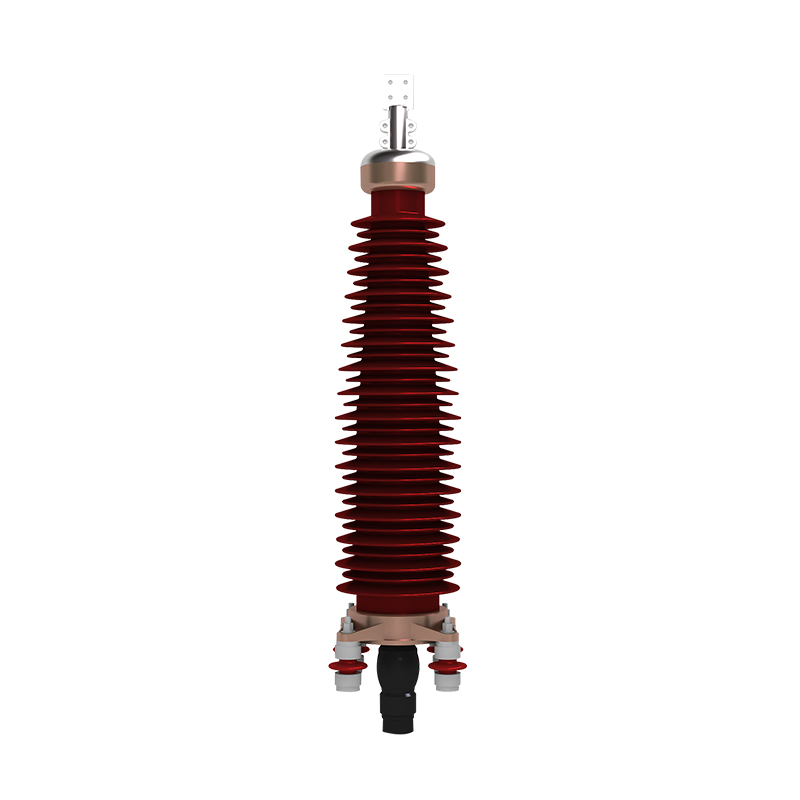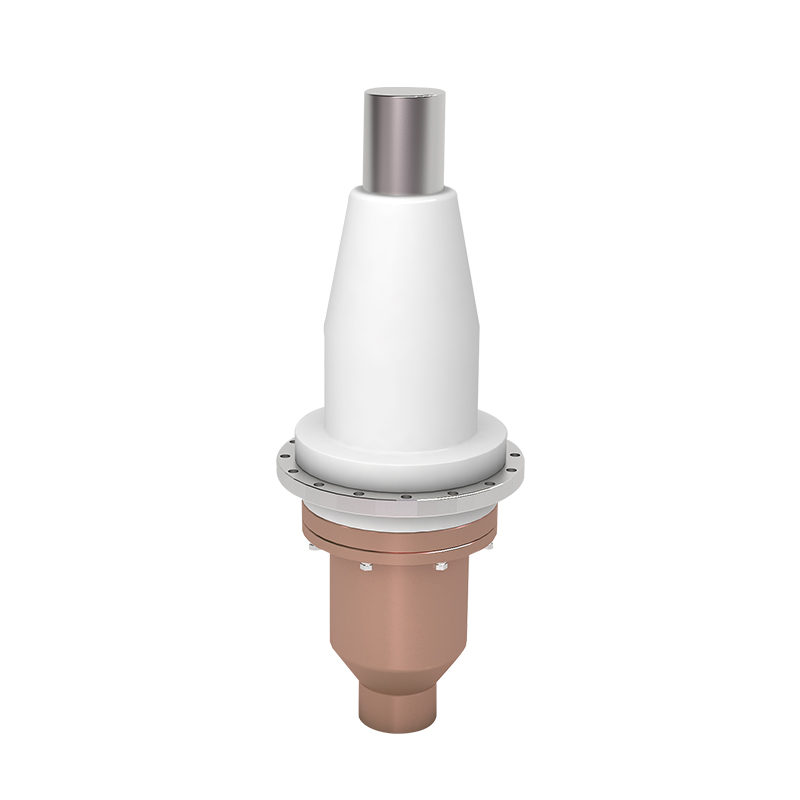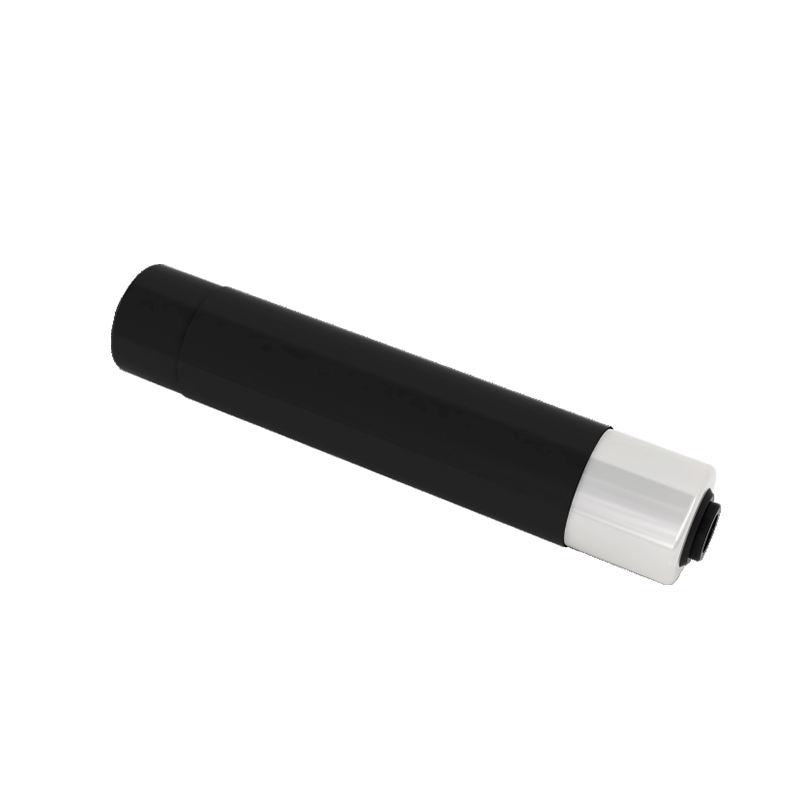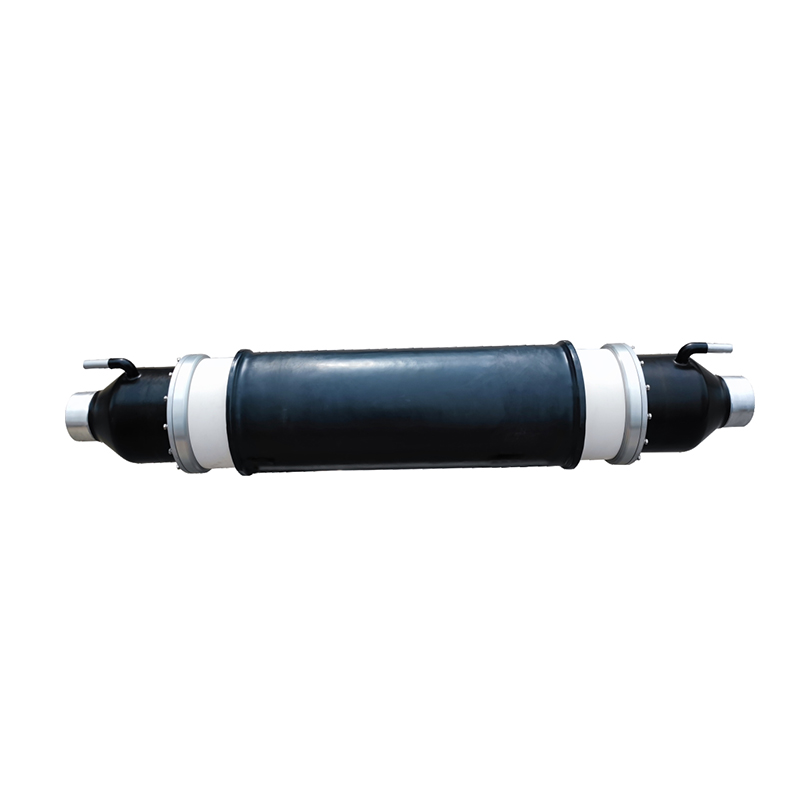How Low Inductance High Voltage Capacitors Improve Circuit Performance
In the ever-evolving world of electrical engineering, the quest for enhanced circuit performance has led to significant advancements in capacitor technology. One standout innovation is the low inductance high voltage capacitor, which offers numerous benefits for various applications. These capacitors are crucial for optimizing circuit functionality, particularly in high voltage scenarios, and their impact on overall performance cannot be understated.
Low inductance high voltage capacitors are specifically designed to minimize inductive effects, which can adversely affect circuit performance. Traditional capacitors often exhibit higher inductance, cause unwanted resonances and reduced efficiency in high frequency applications. By contrast, low inductance high voltage capacitors ensure that energy is delivered quickly and efficiently, improving the responsiveness of the circuit. This feature is especially valuable in power electronics, where rapid switching and stable performance are essential.
One of the primary advantages of these capacitors is their ability to reduce ripple voltage in power supply circuits. Ripple voltage can cause instability and inefficiency, particularly in systems that rely on low voltage capacitor banks for filtering. By integrating low inductance high voltage capacitors, engineers can achieve better voltage regulation and smoother operation. This enhancement not only improves the performance of the circuit but also extends the lifespan of other components by minimizing stress and heat generation.
In applications where high voltage and high frequency coalesce, the performance of a circuit hinges on the ability to manage these factors effectively. Low inductance high voltage capacitors excel in these environments, providing stable operation even under challenging conditions. This capability makes them ideal for use in various applications, including renewable energy systems, electric vehicles, and advanced power management systems. Their low inductance characteristics ensure that energy is transferred efficiently, allowing for rapid charge and discharge cycles.
Moreover, the construction of low inductance high voltage capacitors plays a critical role in their performance. These capacitors often utilize advanced materials and design techniques that minimize internal inductance. For instance, techniques such as winding the capacitor guides in a way that reduces loop area can effectively decrease inductive effects. As a result, these capacitors can maintain high performance even in demanding environments where traditional capacitors might struggle.
Another important aspect to consider is the impact of low voltage capacitor banks in conjunction with low inductance high voltage capacitors. Capacitor banks are often employed to improve power factor and stabilize voltage levels in electrical systems. By integrating low inductance high voltage capacitors into these banks, engineers can enhance the overall performance of the system. This synergy not only provides better voltage regulation but also improves the efficiency of the entire power distribution network.
The reliability of low inductance high voltage capacitors also stands out. High voltage applications can subject components to significant stress, and traditional capacitors may fail under these conditions. However, low inductance designs are often more robust, capable of withstanding the rigors of high voltage operation. This reliability translates to lower maintenance costs and less downtime, making them an attractive option for critical applications.
In addition to enhancing circuit performance, low inductance high voltage capacitors are also designed with safety in mind. High voltage environments pose inherent risks, and these capacitors are constructed to minimize potential hazards. Many models feature built-in safety mechanisms, such as pressure relief valves, to prevent catastrophic failures. This focus on safety is essential for maintaining operational integrity and protecting both personnel and equipment.
Furthermore, the ongoing development of low inductance high voltage capacitors is fueled by the increasing demand for efficient and reliable electrical systems. As industries move toward more sustainable energy solutions and smart technologies, the need for advanced capacitor technologies continues to grow. Engineers are now focusing on integrating low inductance capacitors into their designs to meet these demands, which further emphasizes their importance in modern circuit performance.
Recommended Products
The variety of models, to meet the development needs of various regions in the world.
-
Add: No. 508, Dongye Road, Dongjing Town, Songjiang District, Shanghai
-
Tel: +86-13757652508
-
E-mail: [email protected]
 English
English 中文简体
中文简体 русский
русский Español
Español عربى
عربى